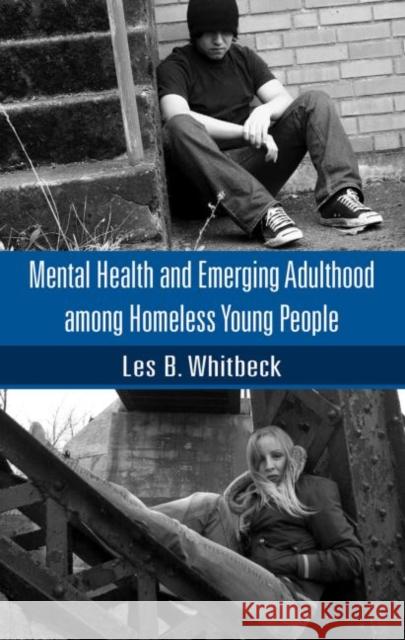Mental Health and Emerging Adulthood Among Homeless Young People » książka
Mental Health and Emerging Adulthood Among Homeless Young People
ISBN-13: 9781841697512 / Angielski / Twarda / 2009
Mental Health and Emerging Adulthood Among Homeless Young People
ISBN-13: 9781841697512 / Angielski / Twarda / 2009
(netto: 664,34 VAT: 5%)
Najniższa cena z 30 dni: 654,86 zł
ok. 16-18 dni roboczych.
Darmowa dostawa!
What happens to homeless and runaway adolescents when they become adults? This is the first study that follows homeless youth into young adulthood and reviews the mental health consequences of runaway episodes and street life. The adolescents were interviewed every three months for three years from their mid teens to their early twenties. The study documents the psychological consequences associated with becoming adults when missing the critical developmental tasks of adolescence. The authors report high levels of psychological problems associated with victimization prior to and after running away. These victimization experiences shape the behaviors of these young people, affecting their relationships with others and their chances of conventional adjustment. Across time, the more successful their adaptation to street life and the street economy, the more barriers to conventional adult life emerge. The distress, including self-mutilation and suicidal behaviors, among this population is examined, as well as the impact street life has on future relationships, education, and employment. Nutritional and health problems are also explored, along with the social and economic impact of this population on society. As such, the book provides insight about why the current prevention and treatment programs are failing in an effort to help policy makers modify approaches to adolescent runaways. Intended as a supplementary text for undergraduate and/or graduate courses on homelessness, high risk youth, social deviance, adolescence and/or emerging adulthood taught in departments of psychology, human development, sociology, social work, and public health, this compelling book will also appeal to anyone who works with homeless adolescents.











